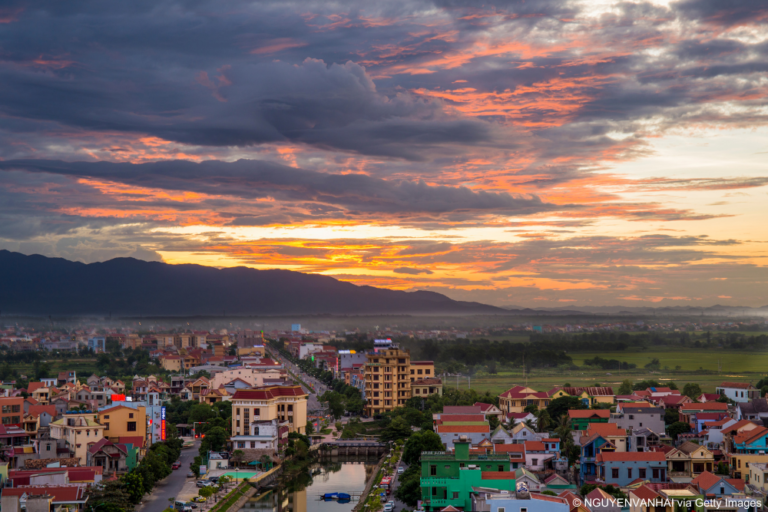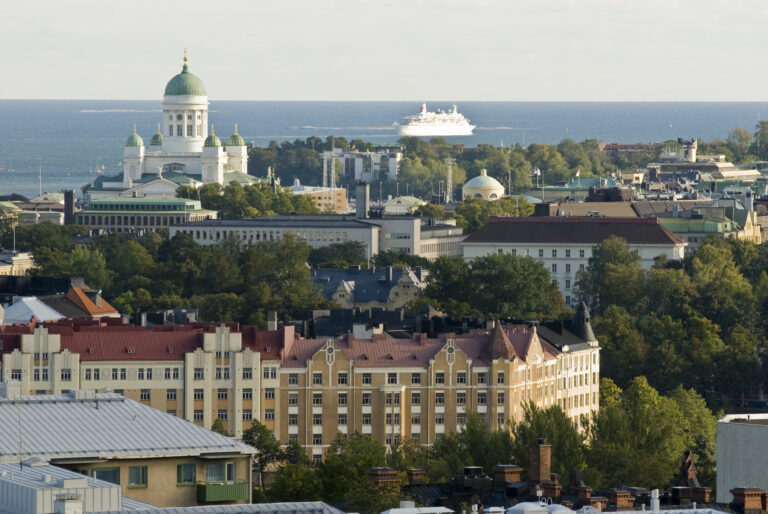A global city initiative for no plastic in nature
Plastic Smart Cities is a global movement of cities committed to achieve zero plastic leakage in nature. Since 2018, the initiative has supported cities and coastal centres in taking bold action to stop plastic pollution, with a goal to reduce plastic leakage by 30% in the near term, and achieving no plastics in nature by 2030.
Help stop plastic leakage in nature
Best Practice Approaches
Global approaches to prevent, minimise & manage plastic waste
Pilot Solutions & Case Studies
Tried & tested on-ground solutions to reduce plastic leakage
Smart Guides for Cities
A step-by-step process for cities to achieve their goals
Reports & Publications
Knowledge resources on plastic waste management
Applied Approaches
Global approaches to prevent, minimise & manage plastic waste
Pilot Solutions & Case Studies
Tried & tested on-ground solutions to reduce plastic leakage
Smart Guides for Cities
A step-by-step process for cities to achieve their goals
Reports & Publications
Knowledge resources on plastic waste management
Recent News


Explore Plastic Smart Cities below


Geocoding Error Occured.
Tried to Geocode:
Error Type:
Please be sure to follow the tutorial on how to setup the Google APIs required for the Advanced Google Map Widget.
Google Map API Key TutorialEvent Calendar
How brands can define effective strategy, manage materials risk and find real solutions that scale
As the plastics and rubber industries transition into a new era, the influences of the women driving success become more apparent.
The event aims to connect delegates to the latest information and technology developments in the fast-changing plastics recycling industry.

























